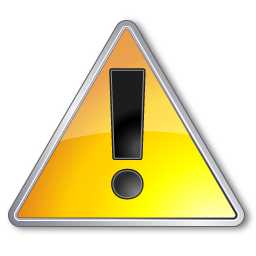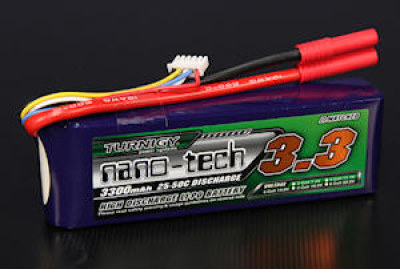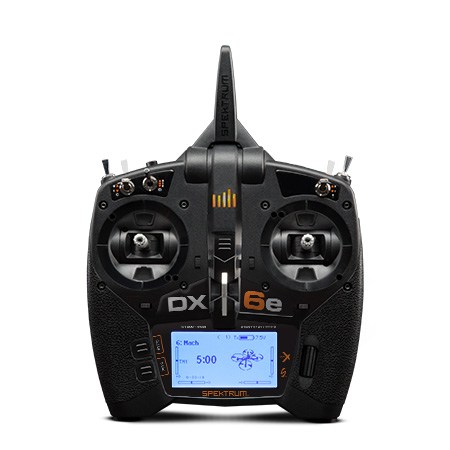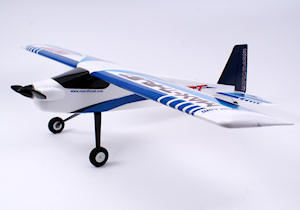Taking up a new hobby or interest can be exciting and daunting at the same time. Lot's of questions run round in your mind. How much is it going to cost to get started? Where to start? Wimborne Model Aero Club (WMAC) offers help and advice in taking up radio control flight to all ages and abilities.
Whether you have flown before or not and do not have a model just yet then come along to our airfield for an introductionary flight with the clubs trainer aircraft and one of the clubs instructors. We do have "buddy box" equipment, this is two transmitters linked by cableor bluetooth, the instructor has the master and you take the slave. Once in the air the instructor can flick a switch and you will have control. Exciting!
After your initial flight the instructor will be able to give you some advice and judgement on how long before you can fly solo, which is all newbie pilots ultimate goal. Also at this time if you haven't purchased already, he will suggest a suitable model, radio equipment and basic tools to get started subject to your budget and whether you prefer electric or glow fuel power. Chat with other members for even more advice and recommendations although not always the same.
Warning
 An R/C aircraft is not a toy! If misused, it can cause serious bodily harm and property damage. Fly only in open areas, and BMFA (British Model Flying Association) approved flying sites. Follow all manufacturer instructions included with your plane, radio, servo’s, batteries and engine. Keep clear of rotating prop, including loose articles of clothing and items that may get sucked into the propellor. Always stand behind a rotating prop and ensure no other people are in line with the prop for at least 4 meters and not in front of the propellor. Always treat an electric model with battery connected as a running engine. Electric motors do not stop on contact with people or objects unlike internal combustion engines which are more likely to stall. However, any contact with rotating machinery could have life changing or dire consequences. Used safely and considerately flying rc planes is fun and very rewarding.
An R/C aircraft is not a toy! If misused, it can cause serious bodily harm and property damage. Fly only in open areas, and BMFA (British Model Flying Association) approved flying sites. Follow all manufacturer instructions included with your plane, radio, servo’s, batteries and engine. Keep clear of rotating prop, including loose articles of clothing and items that may get sucked into the propellor. Always stand behind a rotating prop and ensure no other people are in line with the prop for at least 4 meters and not in front of the propellor. Always treat an electric model with battery connected as a running engine. Electric motors do not stop on contact with people or objects unlike internal combustion engines which are more likely to stall. However, any contact with rotating machinery could have life changing or dire consequences. Used safely and considerately flying rc planes is fun and very rewarding.Usually a first model will be a 40 to 50 size trainer high-wing which are quite stable in flight. These aircraft are powered by 0.40 to 0.55 size nitro two-strokes or electric motors. A transmitter(TX) with a minimum of 4 channels. Transmitters now use 2.4Ghz, the 35 Mhz band is not ideal nowadays as it is prone to interference from phone and beamed radio signals. A full range receiver (RX) and some servos to operate the control surfaces and throttle.
However there are a number of manufacturers who are supplying RTF's (ready to fly). This is the complete kit, a virtually pre-assembled model, servos fitted, suitable engine or motor (prefitted) supplied, receiver and transmitter. However, simple high wing trainers are recommended for new entrants to RC Flight.
ARF - Almost Ready to Fly
You want to assemble one yourself? Why not? There are so many arf's out there it's difficult to say which is any better than others. However, popular models come from Seagull, Hangar 9 and Max Thrust and Black Horse. With a minimum of tools - craft knife, epoxy resin, cyano glue (superglue), small screwdrivers and pliers you can have assembled in a matter of two evenings. Most kits come with a suitable fuel tank which usually goes up forward against the firewall. (engine bulkhead). However silicon fuel tubing isn't usually supplied, neither is a propellor or though most kits supply a spinner. Engine mounting is supplied with most kits because the firewall is pre-drilled to take the mount in the right position. Propellor size is normally around 11x6 for 40 size motors or electric motors with a speed controller (ESC).
Engines or E-Power
 A good size engine for your trainer will be a 46 size. This has ample power to get your model airborne easily. Popular makes are OS 46LA, Super Custom (SC) 46 or maybe an Irvine too. These are simple engines for a beginner although four stroke might be your choice. However, a four stroke would need to be at least 50% more capacity than the two stroke for the same amount of power. Though the four stroke is more torquey and lower revving and will swing a slightly larger prop. Four strokes are a lot more expensive though so for a beginner on a budget stick with two strokes.
A good size engine for your trainer will be a 46 size. This has ample power to get your model airborne easily. Popular makes are OS 46LA, Super Custom (SC) 46 or maybe an Irvine too. These are simple engines for a beginner although four stroke might be your choice. However, a four stroke would need to be at least 50% more capacity than the two stroke for the same amount of power. Though the four stroke is more torquey and lower revving and will swing a slightly larger prop. Four strokes are a lot more expensive though so for a beginner on a budget stick with two strokes.
A popular alternative especially for novices is electric power. Clean and relatively quiet. Although flying time is more limited and the cost of lipo (Lithium Polymer) battery packs has soared since 2020. The packs will last quite a long time as long as you never run them down flat - they don't like it and may never recover. You will also need a Balance Charger to recharge the packs.
Radio Equipment
If you are going to use an ARF (almost ready to fly - these are factory made models that leave you to install the hardware) The standard route is to purchase a radio system, this comprises of a transmitter, a receiver, receiver battery pack, usually four servos (possibly only three if going electric) and of course a charger for the transmiiter and receiver battery packs.
 Popular brand names are Futaba, Spektrum DX6 and Frsky Taranis, the latter the more upmarket and expensive sets. For your first delve into RC flight however, a 6 channel system would be the best start point although a minimum of four channels is required in reality for aileron, elevator, rudder (steering) and throttle. A six channel gives you the option of flaps and retractable landing gear..
Popular brand names are Futaba, Spektrum DX6 and Frsky Taranis, the latter the more upmarket and expensive sets. For your first delve into RC flight however, a 6 channel system would be the best start point although a minimum of four channels is required in reality for aileron, elevator, rudder (steering) and throttle. A six channel gives you the option of flaps and retractable landing gear..
Now those four servos that came with the system will be needed in your model to operate the control surfaces. Usually the flyleads have flat plugs with three wires, black - common, red - power, and white - signal. however there are some systems that use different colours which are, brown - common, red - power, yellow - signal. The leads from the servos will plug into your receiver as will the battery pack usualy via a switch (supplied). The plugs are usaully non-reversible for polarity reasons (Futaba) but be careful, there are some third party stuff that have plugs that will go in either way. (JR, Hitec)
It is most likely you will need the following too. Epoxy resin (Araldite for example) or the more popular Z-Poxy from Zap for glueing model parts together and probably some specialist CA glue, the most useful and probably needed often is Zap Thin Superglue (isocynate) from your local model shop. This soaks through balsa extremely quickly and bonds in a second or two.
A fuel pump to fill the tank (the tank is usually supplied or pre-installed by model maker), fuel (10% nitro, 20% oil mix), spare glow-plug, fuel tubing and if it's not supplied in the kit a prop spinner. To make engine starting easier and a little more safer a starter which will run off a 12 volt car battery or similar. The starter is fitted with a replaceable soft rubber cone which is pushed on to the prop spinner to spin the engine up. Or you use a "chicken stick" to flick the prop over the compression for starting - never use fingers, the prop blades are not very forgiving!
You should now have everything to hand to complete the model. Next step is to arrange with the club training officer a date to make that maiden flight. He will check over the model carefully and give you advice and recommendations.

